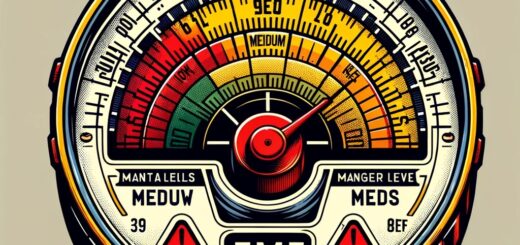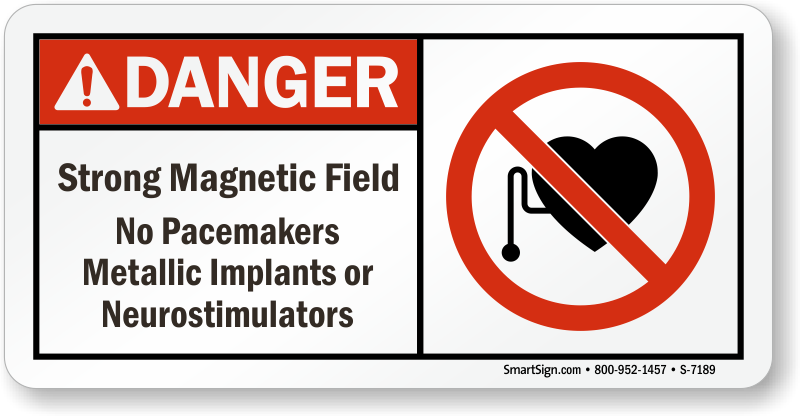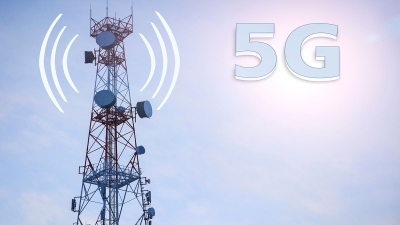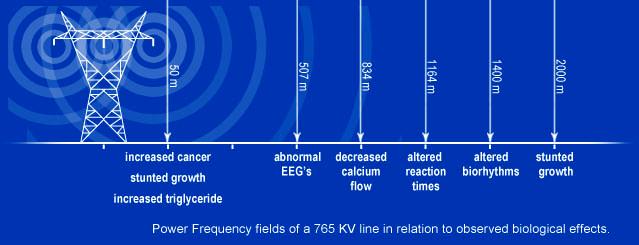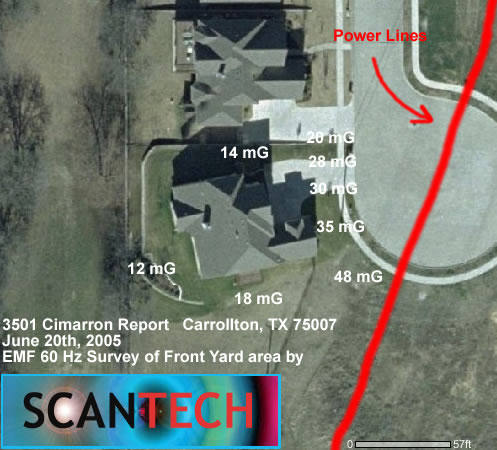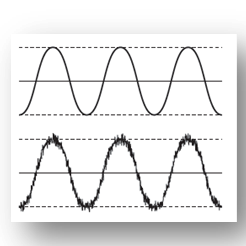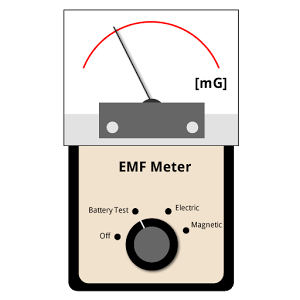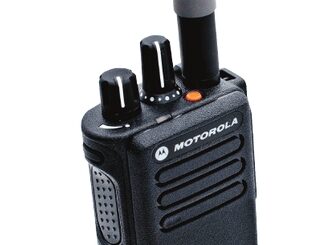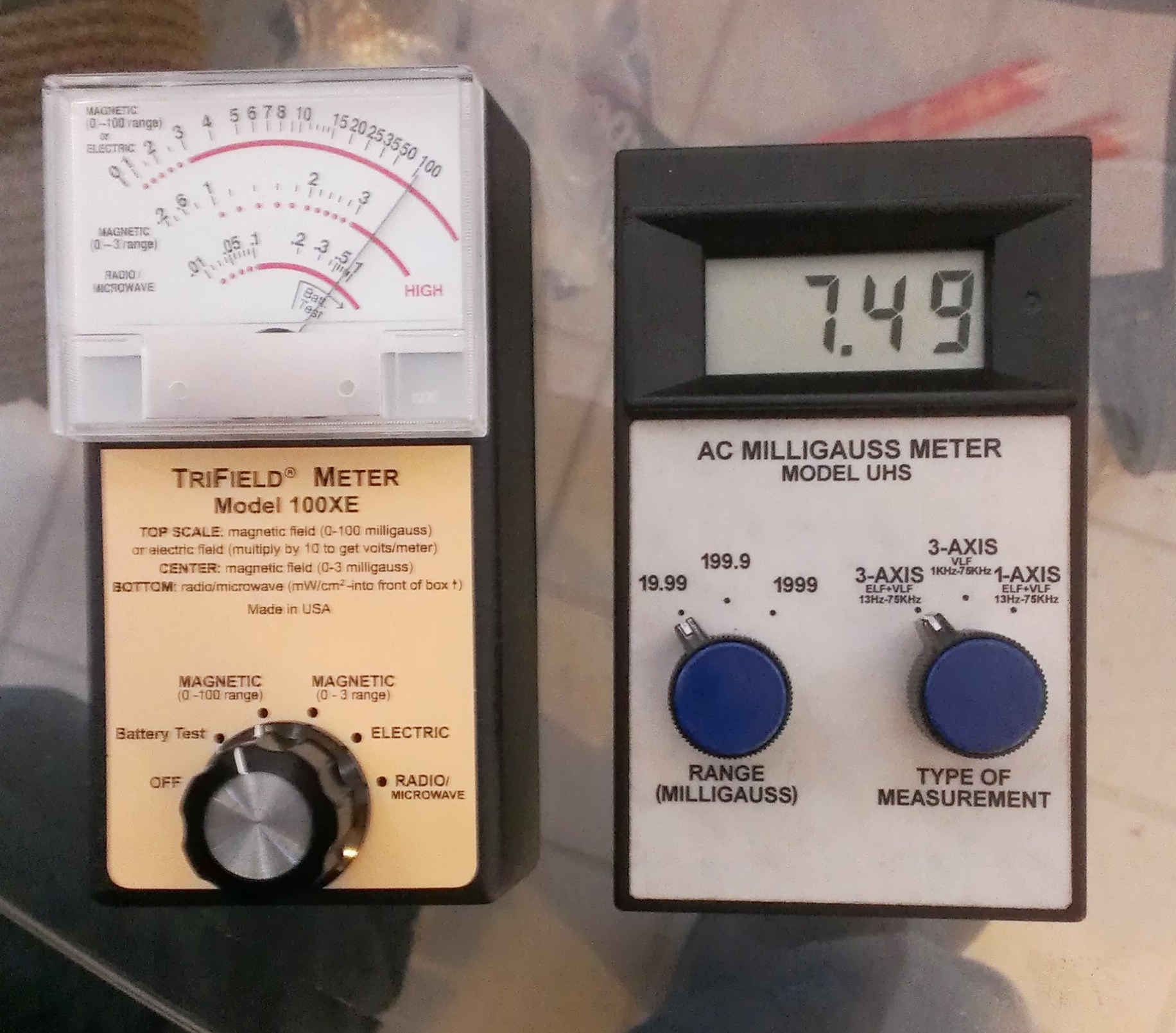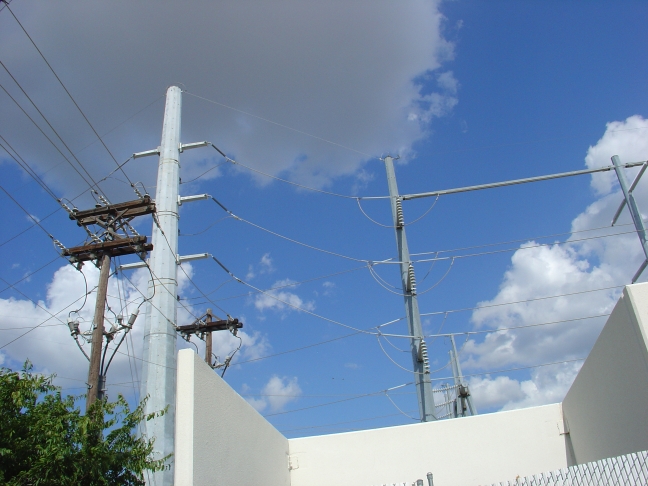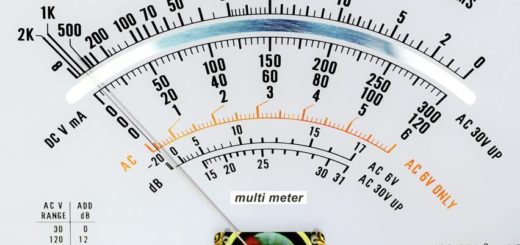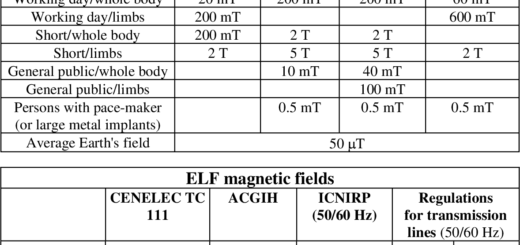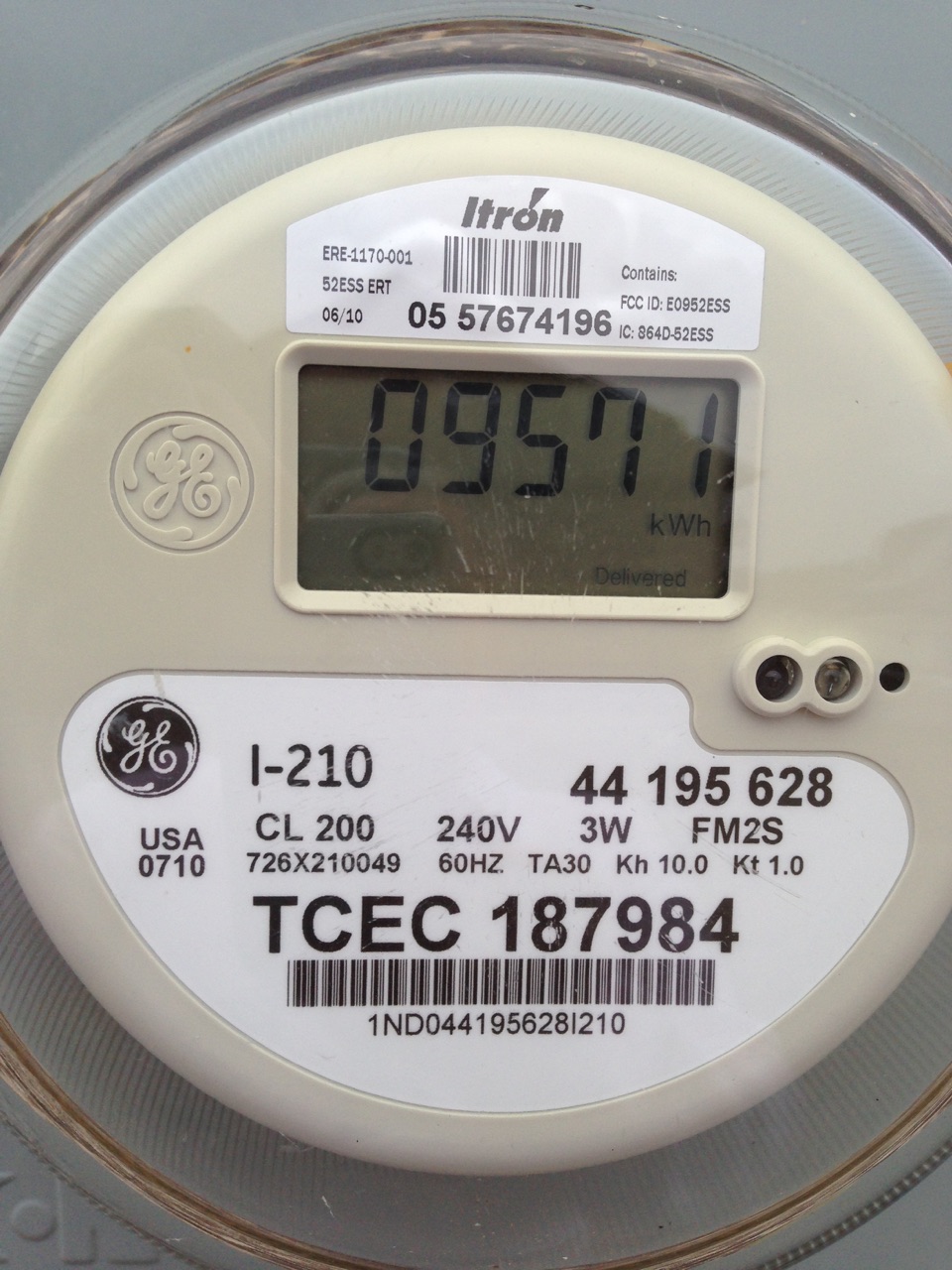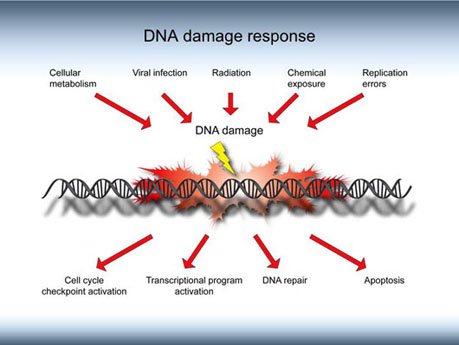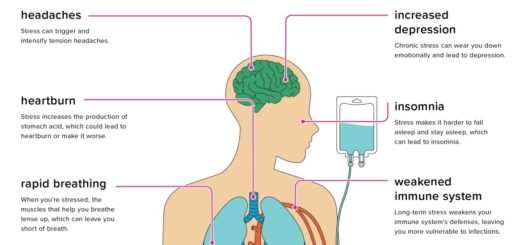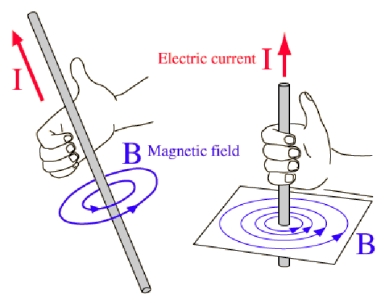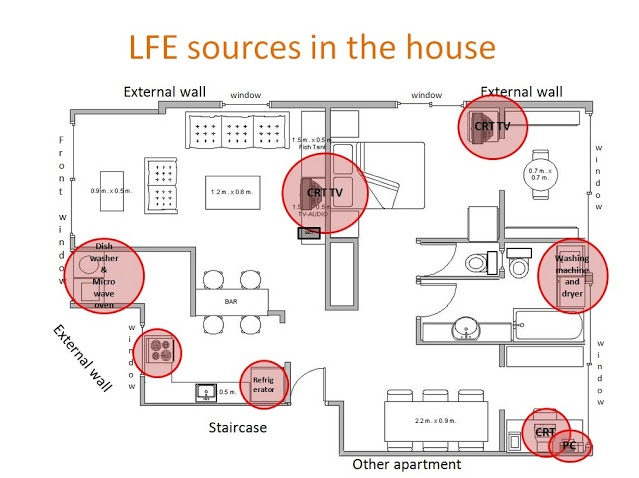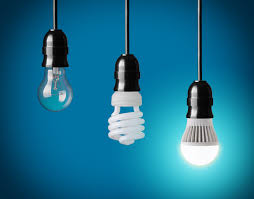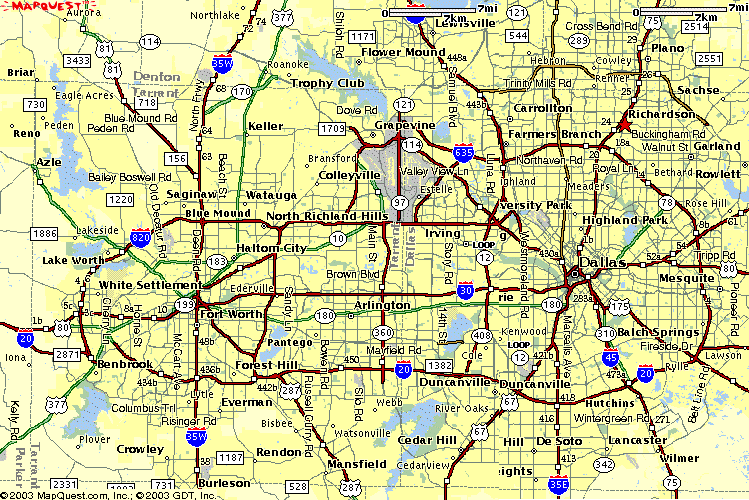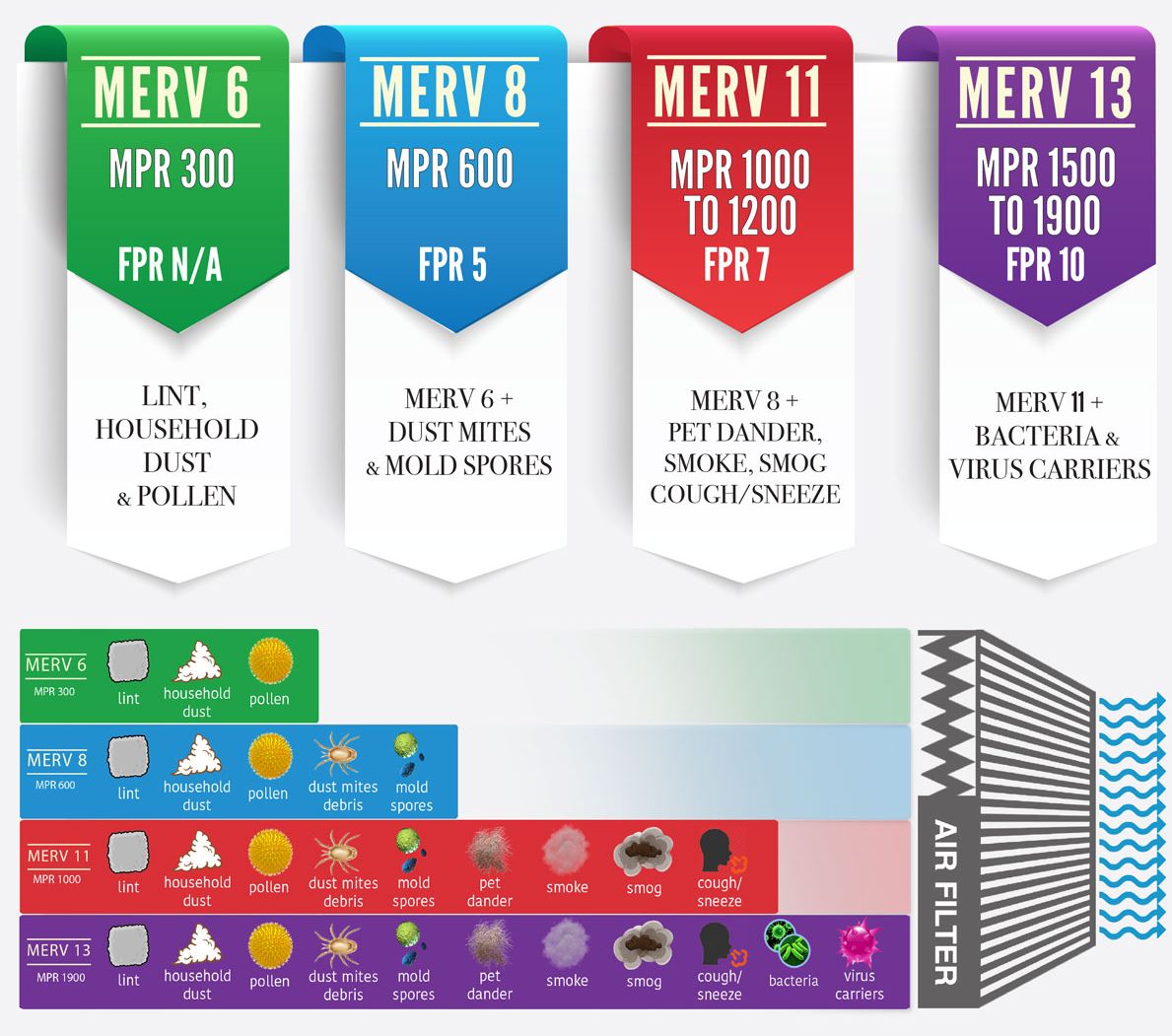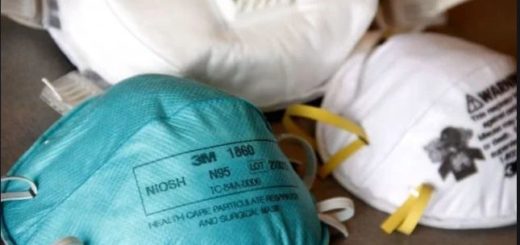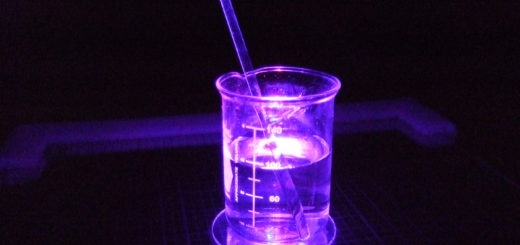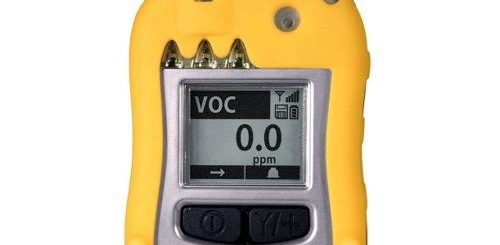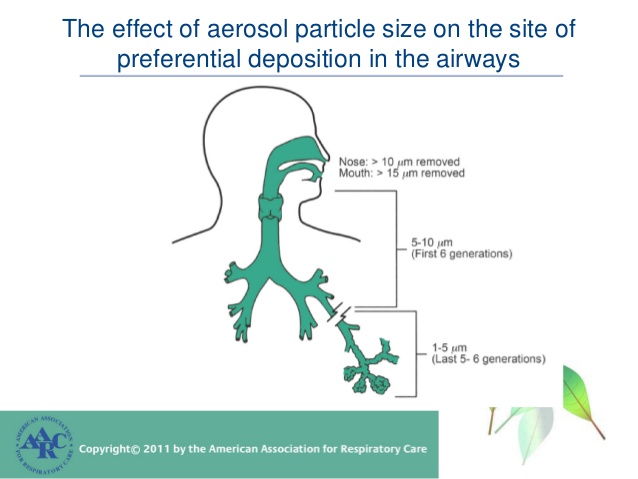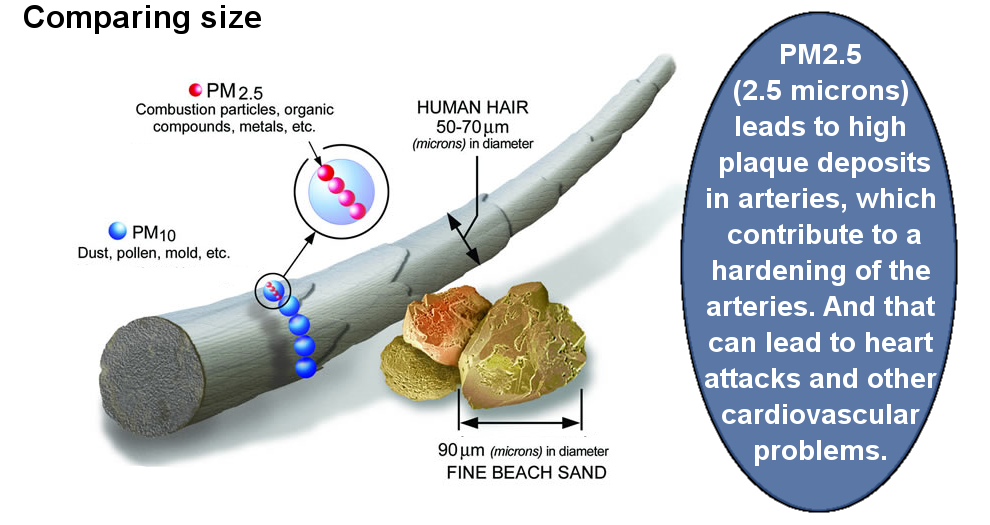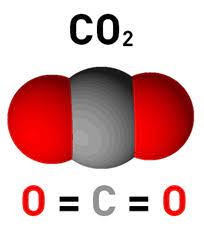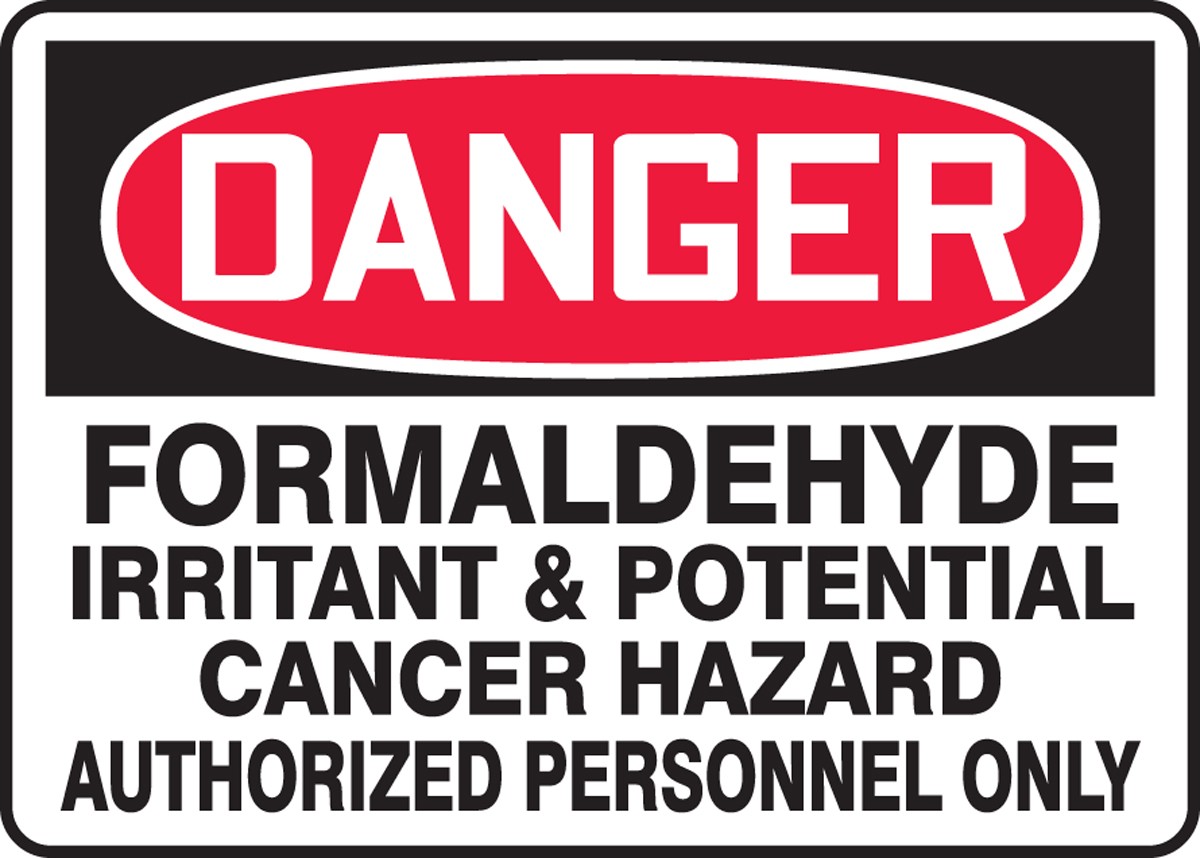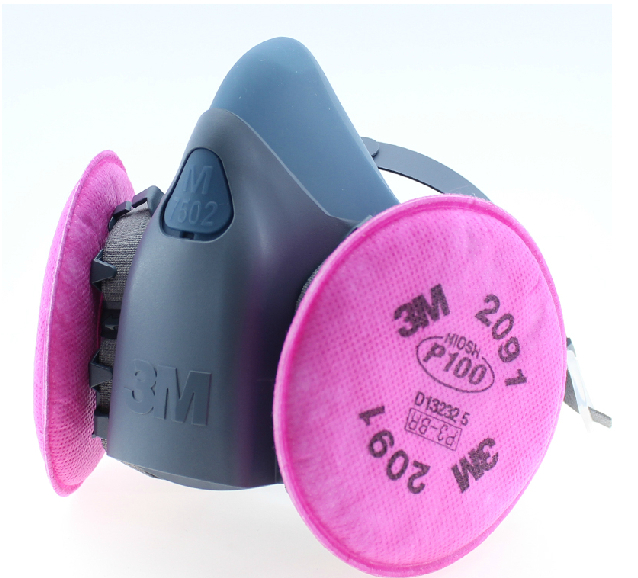Weak Cellular Phone Reception: Why and What you Can Do About It
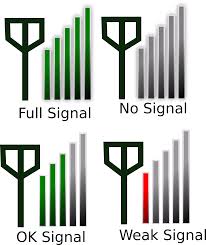
Cell Signal Strength Strong to Weak
One bar.
Or none.
The frustration of being in an out of service area, dropped calls, intermittent voice communication, slow download speeds… all issues we have experienced at one point or another. If you happen to work or live in a “dead zone”, then it can be exceptionally inconvenient to pay for a service which is inadequate for your needs.
So with all of the cellular towers that seem to be around, why does this scenario keep occurring into the 21st Century? There are several reasons:
Your carrier may not have particularly good coverage in areas you need your phone to work. In my surveys, I have definitively found that some cell phone companies have invested more in their infrastructure than others.
Your location may be in a non-ideal area geographically with respect to the cell phone signal such as in a valley or a heavily wooded area. In valleys, the signal from cell towers tends to pass overhead and/or is shadowed by the terrain. Trees and foliage have leaves which contain water; water tends to absorb cellular tower radiation (which is how your microwave oven works) and attenuates (weakens) the signal. Older neighborhoods with large trees tend to have more issues than the newer, wide open suburbs.
I have traveled in some fairly remote parts of the United States and if you are planning to go off the main roadways, it is a good idea to carry a paper map atlas or at least download the area map to your phone. Also notify trusted family members and friends of your itinerary. Remember too that text messages will more reliably get through rather than using voice data because voice communications require real time sequential parsing, while a text can be transmitted out of order as signal reception allows. Some go as far as getting a handheld GPS satellite comm system such as those made by Garmin which offer text messaging and SOS features for a monthly subscription price.
Inside certain buildings, there may be certain building materials including thick glass, stucco and metal in the structure walls and ceiling to act as RF shielding or significantly weaken the indoor signal. This is why getting closer to a window or stepping outside can make a significant difference. Have you ever noticed how you almost always drop a call inside of an elevator when the doors close? That is because you are effectively inside of a Faraday Cage, which is engineering talk for an enclosure which blocks off virtually all radio frequencies. Also, in a downtown area, large buildings can “shadow” you from a cellular repeater and lower the signal strength.
Your phone itself may not have the best reception which could be due to everything from a poor signal to noise ratio, insufficiently sensitive receiver, internal noise, etc. One big difference is that cell phones now rarely ever have external antennas which are almost always superior to the internal ones hidden inside on a printed circuit board. Why were they done away with? Some of it probably has to do with aesthetics, others practicality, (who wants a piece of wire that can snag on a pocket) and mostly I believe it was a warranty issue with the manufacturers.
With a relatively thin piece of metal sticking out, how many times do you think consumers brought their phone in because of a broken antenna? This costs the manufacturer if under warranty, downtime for the customer, etc. Personally, I wish the option to hook up an external antenna for areas of unusually poor reception were present, but that will probably never happen with the exception of repeaters. (discussed below)
Certain times of day and areas may experience high call / data download volume and use up available bandwidth. If everyone is trying to call using the same cell site, it can get overloaded which is why you get an occasional voice message telling you your call cannot be completed.
So what can be done?
Some of the obvious choices are changing carriers and/or researching phones for better reception. You can also get repeaters that are either specific to your carrier or will work with multiple carriers. Many phones can now be set to Wi-Fi calling, (and borrow the local Internet connection) but I find that sometimes my phone works more reliably if I leave it off as an open wireless connection may not always be available. (and tends to force some models into an annoying hunting loop that disrupts communications) If you really need to get a message to someone, text is far more reliable than voice. Why? Because voice calling requires a continuous stream of data and bandwidth in real time that is relatively error free, while a text message takes up far less bandwidth to send and can be reassembled in order that not dependent on happening in “real time.”
Another option, particularly for commercial applications and clients is to contact ScanTech regarding your needs for an cellular strength survey and evaluation. We cover all major carriers such as Verizon, AT&T, Sprint and T-Mobile and offer a variety of ways to assess what is causing the issue and how to best address it.
WHO DOES ELECTROMAGNETIC FIELD TESTING NEAR ME?
ScanTech Technical Consulting professional commercial electromagnetic field testing and radio frequency testing in the Dallas – Fort Worth Texas area to detect and measure exposures and health risks (if any) to electromagnetic fields and radiation. Call 214.912.4691
WHO OR WHAT COMPANY DOES EMF TESTING NEAR ME?
ScanTech Technical Consulting professional commercial electromagnetic field testing and radio frequency testing in the Dallas – Fort Worth Texas area to detect and measure exposures and health risks (if any) to electromagnetic fields and radiation. Call 214.912.4691
WHO OR WHAT COMPANY DOES RADIO FREQUENCY (RF) RADIATION TESTING NEAR ME?
ScanTech Technical Consulting provides commercial radio frequency (RF) testing in the Dallas – Fort Worth Texas area to detect and measure exposures to all forms and frequencies of radio frequency radiation. Call 214.912.4691
WHO OR WHAT COMPANY DOES PACEMAKER EMI TESTING AND ELECTRICAL INTERFERENCE SURVEYS FOR IMPLANTED BIOMEDICAL DEVICES NEAR ME?
ScanTech Technical Consulting provides professional EMI testing for pacemakers and other biomedical implants throughout the United States to detect and measure exposures to all forms of interference from electromagnetic radiation. Call 214.912.4691
WHO OR WHAT COMPANY DOES RF RADIO FREQUENCY CELL TOWER TESTING NEAR ME?
ScanTech Technical Consulting provides commercial cellular testing in the Dallas – Fort Worth Texas area to detect and measure exposures to all forms of RF. Call 214.912.4691
WHO OR WHAT COMPANY DOES ELECTROMAGNETIC RADIATION TESTING NEAR ME?
ScanTech Technical Consulting provides commercial radio frequency (RF) testing in the Dallas – Fort Worth Texas area to detect and measure exposures to all forms of electromagnetic radiation. Call 214.912.4691
WHO OR WHAT COMPANY DOES ELECTRICAL INTERFERENCE TESTING NEAR ME?
ScanTech Technical Consulting provides professional radio frequency (RF) testing in the Dallas – Fort Worth Texas area to detect and measure exposures to all forms of electromagnetic radiation. Call 214.912.4691
WHO OR WHAT COMPANY DOES RADIOACTIVITY TESTING NEAR ME?
ScanTech Technical Consulting provides professional radioactivity testing in the Dallas – Fort Worth, Houston, Austin and San Antonio areas of Texas to detect and measure exposure to ionizing, nuclear or atomic radiation. Call 214.912.4691
WHO OR WHAT COMPANY DOES DALLAS AREA PHOTOMETRIC LIGHTING SURVEYS OR EXTERIOR LIGHTING STUDIES NEAR ME?
ScanTech Technical Consulting provides professional photometric testing in the Dallas Texas area for commercial clients to help pass lighting ordinances for their Certificate of Occupancy. Call 214.912.4691
WHO OR WHAT COMPANY DOES ESD / ELECTROSTATIC DISCHARGE TESTING NEAR ME?
ScanTech Technical Consulting provides ESD testing in the Dallas – Fort Worth, Austin, San Antonio and Houston Texas area to evaluate, measure and perform Electrostatic Discharge testing and consulting for sensitive environments. Call 214.912.4691
WHO OR WHAT COMPANY DOES INDOOR AIR QUALITY TESTING NEAR ME?
ScanTech Technical Consulting provides certified indoor air quality testing for commercial clients in the Dallas – Fort Worth Texas area detect and measure harmful contaminants. Call 214.912.4691
WHO OR WHAT COMPANY DOES DALLAS GREEN BUILDING INDOOR AIR QUALITY CLEARANCE TESTING NEAR ME?
ScanTech Technical Consulting provides certified indoor air quality testing in the Dallas Texas area for commercial clients to help pass the Dallas Green Building Clearance Code 804.2 for a Certificate of Occupancy. Call 214.912.4691
We often serve clients in Texas, Michigan and Iowa. Cities for onsite commercial testing and inspection services include: Plano, Highland Park, University Park, Park Cities, Las Colinas, Arlington, Fort Worth, Houston, Austin, San Antonio, Shreveport, Grapevine, Frisco, Denton, McKinney, Allen, Lewisville, Irving, Mesquite, Bedford, Euless, Richardson, Coppell, Grand Prairie, Garland, Addison, Farmers Branch, Rockwall, Carrollton, Parker, Rowlett, Lucas, Fairview, Park Cities, Keller, Roanoke, The Colony, Highland Village, Lake Dallas, Corinth, Prosper, Duncanville, Lancaster, Rowlett, Royse City, Princeton, Trophy Club, Southlake, Hurst, Round Rock, Georgetown, San Marcos, Cedar Park, The Woodlands and Spring. Counties served include Dallas, Collin, Denton, Tarrant, Rockwall, Harris and Travis County.
LARGER COMMERCIAL PROJECT SERVICE RANGE – NATIONAL & INTERNATIONAL
Alabama | Alaska | Arizona | Arkansas | California | Colorado | Connecticut | Delaware | Florida | Georgia | Hawaii | Idaho | Illinois | Indiana | Iowa | Kansas | Kentucky | Louisiana | Maine | Maryland | Massachusetts | Michigan | Minnesota | Mississippi | Missouri | Montana | Nebraska | Nevada | New Hampshire | New Jersey | New Mexico | New York | North Carolina | North Dakota | Ohio | Oklahoma | Oregon | Pennsylvania | Rhode Island | South Carolina | South Dakota | Tennessee | Texas | Utah | Vermont | Virginia | Washington | West Virginia | Wisconsin | Wyoming | Washington D.C. (District of Columbia)
Countries served include the United States, Canada, Australia, New Zealand the UK / United Kingdom (England, Scotland, Wales, Ireland) and Western Europe.
*LEGAL NOTICE*
All information on this website either written or implied is the express opinion of ScanTech Technical Consulting. ScanTech Technical Consulting and it’s owners are not responsible or liable for any damages arising from the misuse, misinterpretation or other consequences of the content of this website either in part or in whole. This includes all external weblinks, PDF documents, photos or other references (informational or otherwise) to 3rd parties including government agencies, health organizations, etc.
15770 Dallas Pkwy Suite # 900 Dallas, TX 75248 (Not Accepting Visitors due to C19)
Phone: (214).912.4691 https://emfsurvey.com
ScanTech Technical Consulting: Professional Electromagnetic EMF EMI Testing for Biomedical Implant & Equipment, Indoor Air Quality (IAQ) Testing & Environmental Inspections
COPYRIGHT 2002 – 2023
